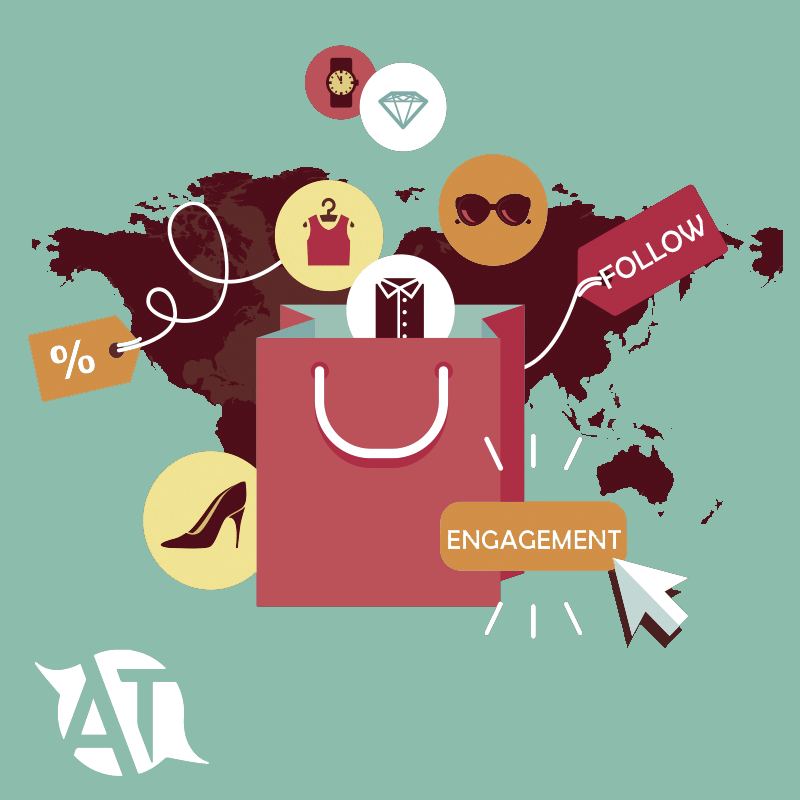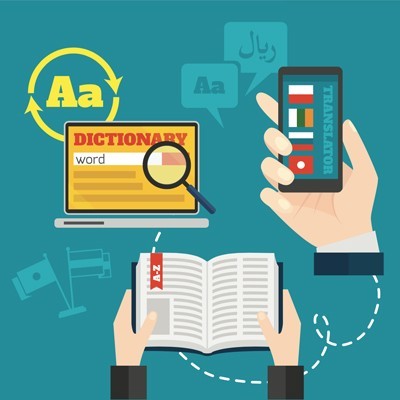The value of translation in fashion

Some of the world's most famous designers describe fashion as "a universal language", but the truth is that the world of fashion would not exist as we know it without translation. Fashion is a sector in which effective communication across countries all over the world is hugely important, and it involves a number of different players - suppliers, designers, distributors, and most importantly... customers! Next we'll look at some of the reasons why fashion translation is key to a brand's success.
The global reach of fashion
Your brand may be located in a specific country, but it's crucial to be mindful of the fact that demand is international: communicating in different languages can lead to exponential growth in sales volumes.
The internet has turned into a prime distribution channel, and in countries such as Spain fashion goods have become the top selling online item. In other countries such as France, 46.2% of users buy fashion items online, surpassing the European Union average of 37%.
Another important factor is the expansion of emerging markets, which will see languages such as Chinese, Brazilian Portuguese, and Russian becoming more relevant in the sector in the future than they are at present.
A badly translated website can make you lose sales
At ATLS, we always emphasise how important it is to put the translation of your website in the hands of professional translators - after all, your brand's reputation is at stake. This becomes even more important in a sector in which e-commerce is the main distribution channel.
The lack of trust generated by a bad translation on an online shop can lead to sales losses of up to 15%, according to Spanish consultancy firm Hexagone. Other studies estimate that 3 out of 5 foreign customers would not buy from a badly translated website, which is why we recommend focusing your efforts in this area.
And lastly, any brand looking to sell products in overseas markets needs to have an effective international SEO strategy, and should know how to localise the keywords in the new language. To do this, you need to work with native professional translators who are experts in SEO and will know how to optimise your brand positioning in the new country's search engines.
It's a sector with its own technical vocabulary
Translation in fashion is much more complicated than it might seem. All different types of documents need to be translated by native translators with in-depth knowledge of the sector. They could include descriptions of products, fabrics, knits, cuts, and materials, which can sometimes be sensitive. An incorrect translation of a garment's material composition, for example, could cause damage to a brand.
Translation in fashion and localisation
In the fashion world localisation is particularly important - for example when it comes to clothing sizes. Buying clothes from a website in the US is not the same as buying from a European site. Buying shoes from China (where converting equivalent sizes gets complicated) is not the same as buying from a European online shop.
And sometimes we don't even need to be looking at countries that speak different languages. Even countries which speak the same language need translations localising to be tailored to the new market. In the UK for example, the term pants is used for underwear, US whereas in the US, pants refers to trousers.
Marketing materials call for transcreation
The fashion sector generates an enormous amount of marketing and communications content, and this is where it's essential to combine traditional translation with transcreation. A wide variety of documents come out of the fashion industry - press releases, advertising campaigns, important events promotions, invitations, and garment wear and washing instructions.
And it's essential to tailor all of this content to the target countries, especially if your campaign is seeking to push boundaries and innovate - sometimes perhaps too much... It is known as Dolce & amp's latest case; Gabbana in China, who had to cancel a parade due to announcements considered racist, so it is essential to have professional translators who are native to the country with the ability to transcreation of all the new markets.
Ultimately, businesses in the fashion sector need to overcome linguistic boundaries by collaborating with companies specialising in fashion translation, like AT Language Solutions, which has more than 20 years' experience helping companies internationalise their products and services. We can help you translate any document for your business, improve your image among overseas audiences, translate your website into several languages, and translate your international SEO. Shall we talk?




